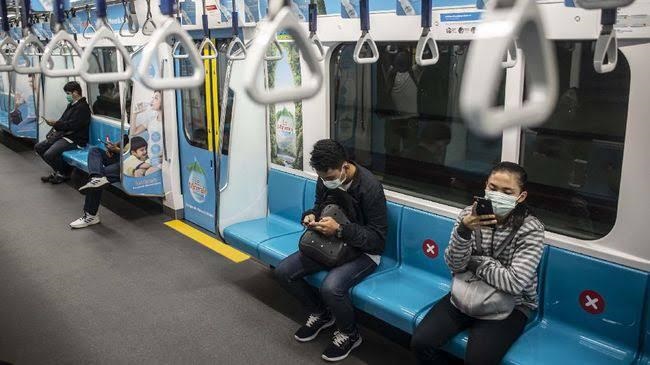
Social distancing is one of the efforts implemented to control the spread of COVID-19 in Indonesia. Although limitations on activities in public places have applied for the past two weeks are deemed beneficial to control the extent of COVID-19 in several affected areas, according to the Coordinator of the UGM COVID-19 response team, dr. Riris Andono Ahmad, MPH, Ph.D., area quarantine needs to be employed in red-zone areas.
“Moderate social distancing at this time is still essential to do in many places in Indonesia, especially for those which already in the red zone status. We can apply the quarantine policies there,” he said.
Riris explained, there are two types of social distancing, namely moderate social distancing in the form of closing some public facilities and carrying out activities at home, and maximum social distancing or quarantine of the region. In the area of quarantine conditions, only logistical mobility permitted.
“This is crucial because, as we know, our focus is to try to reduce the peak of the outbreak or to flatten the curve,” he added.
In a press conference that took place online on Monday (30/3), he explained several scenarios of the spread of COVID-19 along with various intervention scenarios. Without interference, the duration of an outbreak in a pandemic area estimated for 32 days, with the peak occurring on the 14th day.
If moderate social distancing applied since the outbreak, it will result in a more significant impact and can prominently reduce the curve. With a 5 percent detection capacity assumption, the scenario shows that case reduction can reach 70 percent, even with a longer outbreak duration, and a new outbreak peak occurs on the 16th day.
“We try to parade the control of its spread. If there is a possible intervention is social distancing. In Indonesia itself, there was a delay of around two weeks since the emergence of the first case until the social distancing policy emerged,” Riris explained.
Riris explained that the delay in the application of social distance could indeed reduce the case. Still, the number is relatively small at around 18 percent, with an outbreak duration of 50 days.
In addition to recommending the application of the maximum social distancing or quarantine policy in the red zone, the government also needs to increase the capacity of screening and diagnosis at least ten times greater than what is currently available, and increase the size of health services.
With the implementation of regional quarantine and 50 percent detection capacity, case reduction can reach 77 percent with an outbreak duration of 22 days.
These services include building non-hospital isolation or quarantine facilities to separate patients who do not need treatment.
“Some cases do not need hospital services, but must be isolated to stop the transmission of the virus. There needs to be a quarantine place to separate them from the general public,” Riris said.
Besides, it is also necessary to increase the capacity of hospitals to anticipate the surge in the number of patients who need intensive care and ensure the adequacy of personal protective equipment for medical personnel.
“This is the most urgent. As we know, there are currently many issues related to the limitations of PPE for medical staff,” he said.
Author: Gloria
Photo: CNN
Translator: Natasa A

